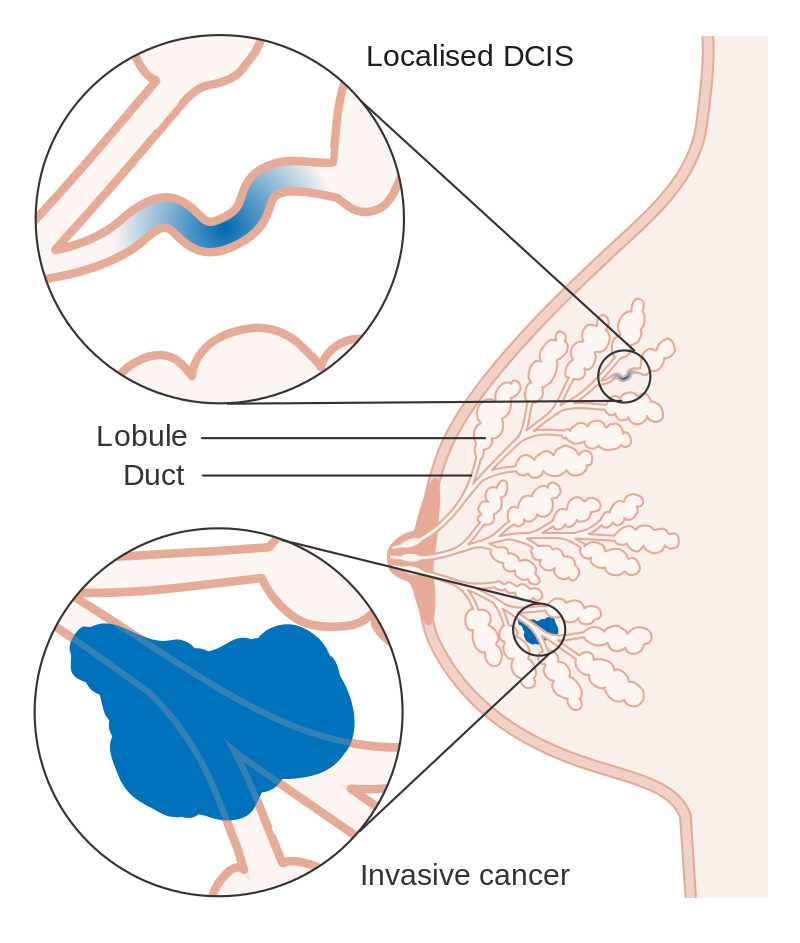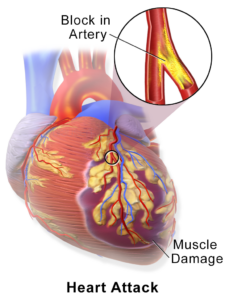Proton Therapy Over Conventional Radiation Therapies

Dr. Juni Banerjee, PhD; Neucrad Health Desk, January 11,2022
Proton therapy is a newer type of radiation therapy that utilizes high-powered energy of the protons (charged particles) to treat several cancers and noncancerous tumors. Although the goal of both conventional radiation therapy and proton therapy is to damage the cellular DNA, proton therapy is advantageous for it ensures minimum side-effects to the neighbouring non-target or vulnerable cells.
History of proton-therapy
In 1946, physicist Robert Wilson first proposed for using the therapeutic potential of proton beam and perform proton-therapy in clinical settings to treat the deep-located tumours. By 2015, proton-therapy was performed on more than 1.5 lakh patients who required high radiation for tumors at the vicinity of other vulnerable tissues. Currently, proton therapy is a highly conformal form of radiation therapy and a key therapeutic component in the field of oncology.

Special property of the protons
Standard radiation therapy like X-rays deposits its maximum radiation dose immediately upon entering the body during its journey towards the tumor. Moreover, even after reaching the target it continues to travel through the body until finally exiting. This results in exposing the healthy cells, tissues and organs of the body to unnecessary radiation. Protons on the other hand a) reduces the side effects of the radiations to the healthy and neighbouring non-target tissues b) reduces risks of secondary malignancy induction, and c) put more direct impact on the tumor. All these are possible because of the two following special properties of the protons:
It slowly deposits their energy while traveling towards its target (cancer/benign tumor)
- The “Bragg Peak” phenomenon causes the proton beam’s maximum radiation dose deposit directly in the tumor, hence stopping the radiation’s further travel inside the body.

Which Cancers can be treated with Proton therapy?
Following are the major types of cancers that can be treated with proton-therapy:
- Sarcomas, especially in the base of the skull, spine or the retroperitoneum
- Brain and spinal tumors
- Breast cancers
- Head and neck cancers
- Pituitary gland tumors
- Liver cancer
- Lung cancer
- Lymphoma
- melanoma
- Pancreatic cancer
- Prostate cancer
- Cervical cancer
- Throat cancer
- GI (gastrointestinal cancer)
- Kidney cancer.
What are the Advantages of Proton Therapy?
When compared to other conventional types of radiation therapy, following benefits can be seen for proton therapy:
- The proton beam effectively destroys the tumor cells and tissues by delivering most of its energy and radiation-dose to its target. Hence, this therapy offers higher cure rates and better cancer control.
- Proton treatment causes 50-70% Less damage to the neighbouring healthy and critical tissue or organs.
- The proton-beam can be designed according to the tumor’s depth and shape and is therefore works precisely.
- Proton therapy ensures cancer treatment for critical and sensitive tissues or organs.
- Fewer, milder side effects, faster recovery, less adverse effects and better quality of life after the treatment.
- Reduced radiation to the non-target tissues also lowers the risk of toxicities, secondary malignancy induction and post-treatment complications.
- Better option to treat recurrent cancers because of the reduced radiation exposure to neighbouring healthy tissue.
- Proton beam therapy is a safer and conformal type of radiation especially a) in the treatment of chondrosarcomas and chordomas of the skull base and spine and b) in paediatric cases i.e., in the treatment of children’s tumours as they have still immature and growing tissue which are more vulnerable to radiation injury than the mature tissues of adults.
Common side effects of proton therapy include:

Currently, several Proton Beam Therapy application modes namely passive scattering, uniform-scanning, Pencil Beam-Scanning (PBS) techniques, etc. are being used for treating several types of cancers. However, like other therapy, proton therapy also comes with some general side-effects which are:
- Fatigue
- pain, skin redness, soreness around the treated body part
- hair loss on the areas of treatment
- nausea
- diarrhoea
- sometimes difficulty in breathing or swallowing
References:
- Mohan R, Grosshans D. Proton therapy – Present and future. Adv Drug Deliv Rev. 2017 Jan 15;109:26-44. doi: 10.1016/j.addr.2016.11.006. Epub 2016 Dec 3. PMID: 27919760; PMCID: PMC5303653.
- Liu H, Chang JY. Proton therapy in clinical practice. Chin J Cancer. 2011 May;30(5):315-26. doi: 10.5732/cjc.010.10529. PMID: 21527064; PMCID: PMC4013396.
- Lundkvist J, Ekman M, Ericsson SR, Jönsson B, Glimelius B. Proton therapy of cancer: potential clinical advantages and cost-effectiveness. Acta Oncol. 2005;44(8):850-61. doi: 10.1080/02841860500341157. PMID: 16332592.
- Hu M, Jiang L, Cui X, Zhang J, Yu J. Proton beam therapy for cancer in the era of precision medicine. J Hematol Oncol. 2018;11(1):136. Published 2018 Dec 12. doi:10.1186/s13045-018-0683-4
- Tian X, Liu K, Hou Y, Cheng J, Zhang J. The evolution of proton beam therapy: Current and future status. Mol Clin Oncol. 2018;8(1):15-21. doi:10.3892/mco.2017.1499










